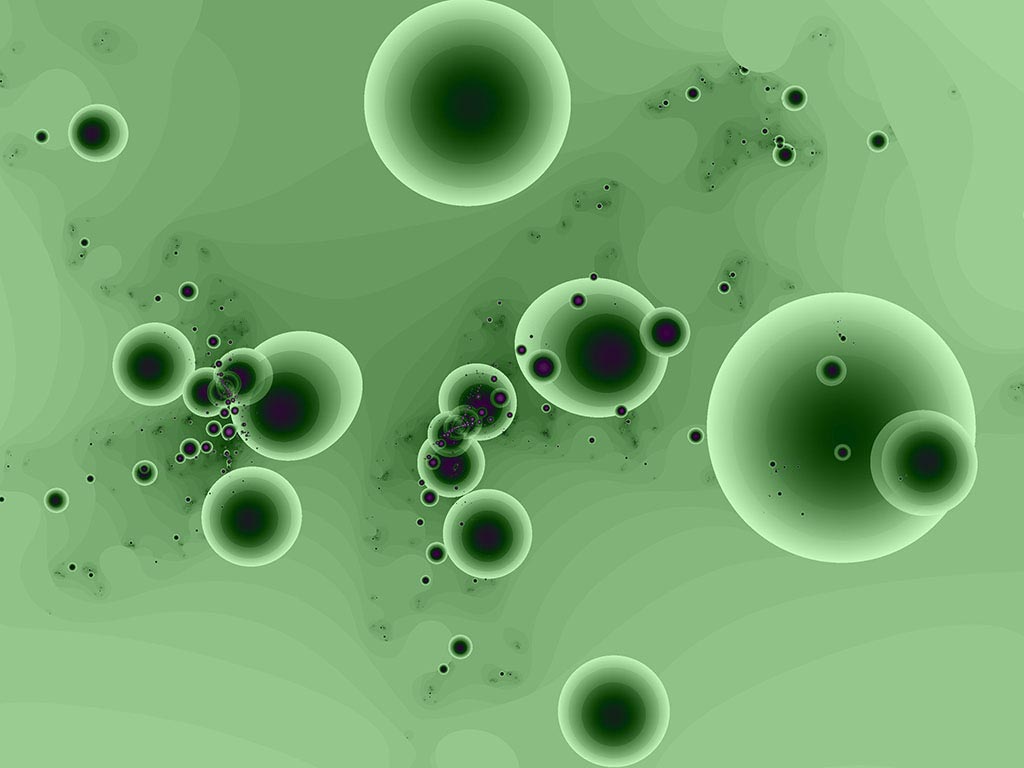Ultrasound Technique with Microbubbles Used to Visualize Tumors
By MedImaging International staff writers
Posted on 12 Apr 2017
Researchers have demonstrated a new technique, in a small, preliminary human clinical trial, that can diagnose human cancer without the need for a biopsy.Posted on 12 Apr 2017
The safety trial included 24 women suffering from ovarian tumors, and another 21 women with breast tumors. The women received intravenous injections of phospholipid microbubbles, filled with harmless perfluorobutane and nitrogen gas, which bound to and could identify the malignant tumors.

Image: Medical microbubbles used to flag malignant cancer in women with ovarian or breast tumors (Photo courtesy of Stanford University School of Medicine).
The researchers from the Stanford University School of Medicine published the results of the trial in the March 14, 2017, online issue of the Journal of Clinical Oncology.
For about half an hour after the injection of the medical microbubbles, clinicians used standard ultrasound to image the tumors, and found that the bubbles were clustered in the blood vessels of the malignant tumors, but in the benign ones. The researchers confirmed the accuracy of the tumor identifications by performing biopsies and pathology studies.
Lead author of the study, Jürgen Willmann, MD, professor of radiology at Stanford, said, “You can just use your regular ultrasound and turn on the contrast mode — which all modern ultrasound equipment has. The difficulty with ultrasound right now is that it detects a lot of lesions in the breast, but most of them are benign. And that leads to many unnecessary biopsies and surgeries. We could make ultrasound a highly accurate screening technology that is relatively low cost, highly available and with no radiation. Since ultrasound technology is accessible almost everywhere, the technology could potentially help patients all over the world.














